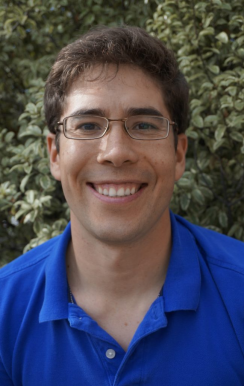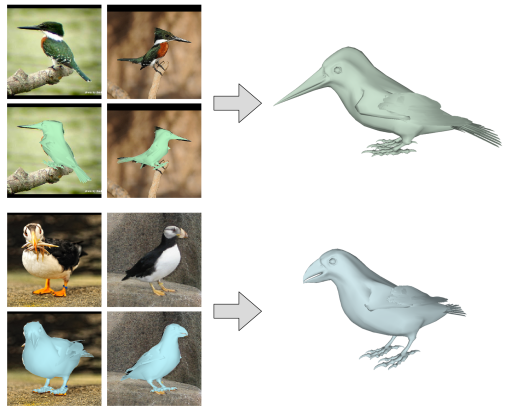
Birds of a Feather: Capturing Avian Shape Models from Images
Yufu Wang, Nikos Kolotouros, Kostas Daniilidis, Marc Badger
Computer Vision and Pattern Recognition (CVPR), 2021
We capture species-specific shape models from image collections and show that recovered shapes are consistent with the avian phylogeny.
project page | supplementary | code | bibtex

3D Bird Reconstruction: A Dataset, Model, and Shape Recovery from a Single View
Marc Badger, Yufu Wang, Adarsh Modh, Ammon Perkes, Nikos Kolotouros, Bernd Pfrommer, Marc Schmidt, Kostas Daniilidis
European Conference on Computer Vision (ECCV), 2020
A model and a method for estimating the 3D shape and pose of birds from single or multiple images.
project page | supplementary | code | bibtex
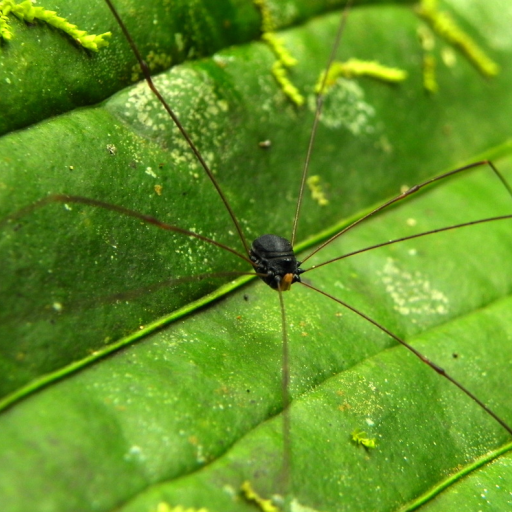
Rapid recovery of locomotor performance after leg loss in harvestmen
Ignacio Escalante Meza, Marc Badger, Damian Elias
Scientific Reports, 2020
Can daddy longlegs recover from leg loss? What strategies do they use to compensate?
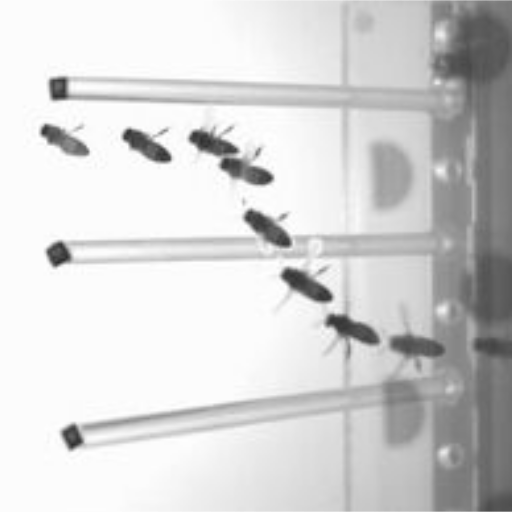
Wind and obstacle motion affect honeybee flight strategies in cluttered environments
Nick Burnett, Marc Badger, Stacey Combes
Journal of Experimental Biology, 2020
Flight strategies and performance of honeybees traversing windy, moving obstacle fields.
Featured in the New York Times.
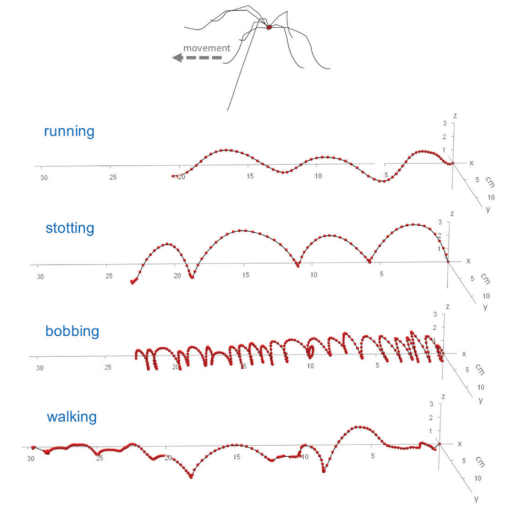
Variation in movement: multiple locomotor gaits in Neotropical harvestmen
Ignacio Escalante Meza, Marc Badger, Damian Elias
Biological Journal of the Linnean Society, 2019
Center of mass dynamics for eight-legged harvestmen using various locomotor gaits.
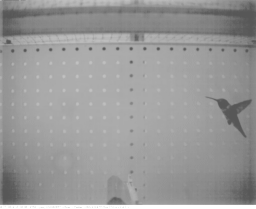
Avoiding topsy-turvy: how Anna’s Hummingbirds (Calypte anna) fly through upward gusts
Marc Badger, Hao Wang, Robert Dudley
Journal of Experimental Biology, 2019
How hummingbirds negotiate fast upward gusts and a new tail design for a bio-inspired glider.
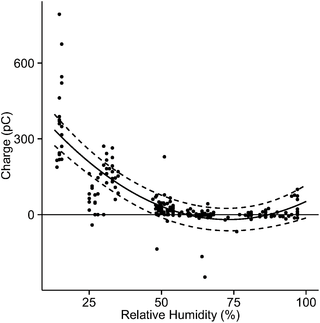
Electrostatic charge on flying hummingbirds and its potential role in pollination
Marc Badger*, Victor Ortega-Jimenez*, Lisa von Rabenau, Ashley Smiley, Robert Dudley
PLOS ONE, 2015
Hummingbirds accumulate electrostatic charge, which helps spread pollen when they visit flowers.
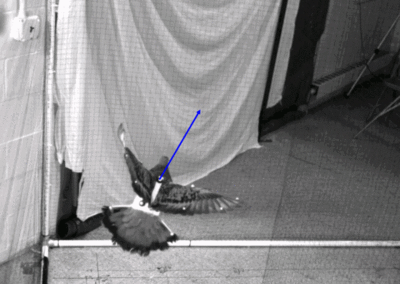
Pigeons produce aerodynamic torques through changes in wing trajectory during low speed aerial turns
Ivo Ros, Marc Badger, Alyssa Pierson, Lori Bassman, Andrew Biewener
Journal of Experimental Biology, 2015
Unlike cats, pigeons produce aerodynamic moments to reorient in mid-air.

Pigeons steer like helicopters and generate down-and upstroke lift during low speed turns
Ivo Ros, Lori Bassman, Marc Badger, Alyssa Pierson, Andrew Biewener
Proceedings of the National Academy of Science (PNAS), 2011
I created a dynamics model of a pigeon’s wings and body, which we use to estimate aerodynamic forces from wing and body kinematics.
